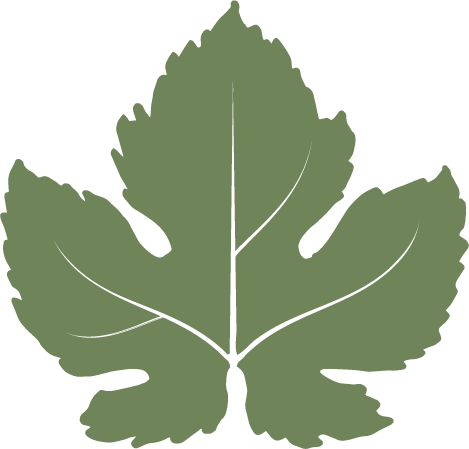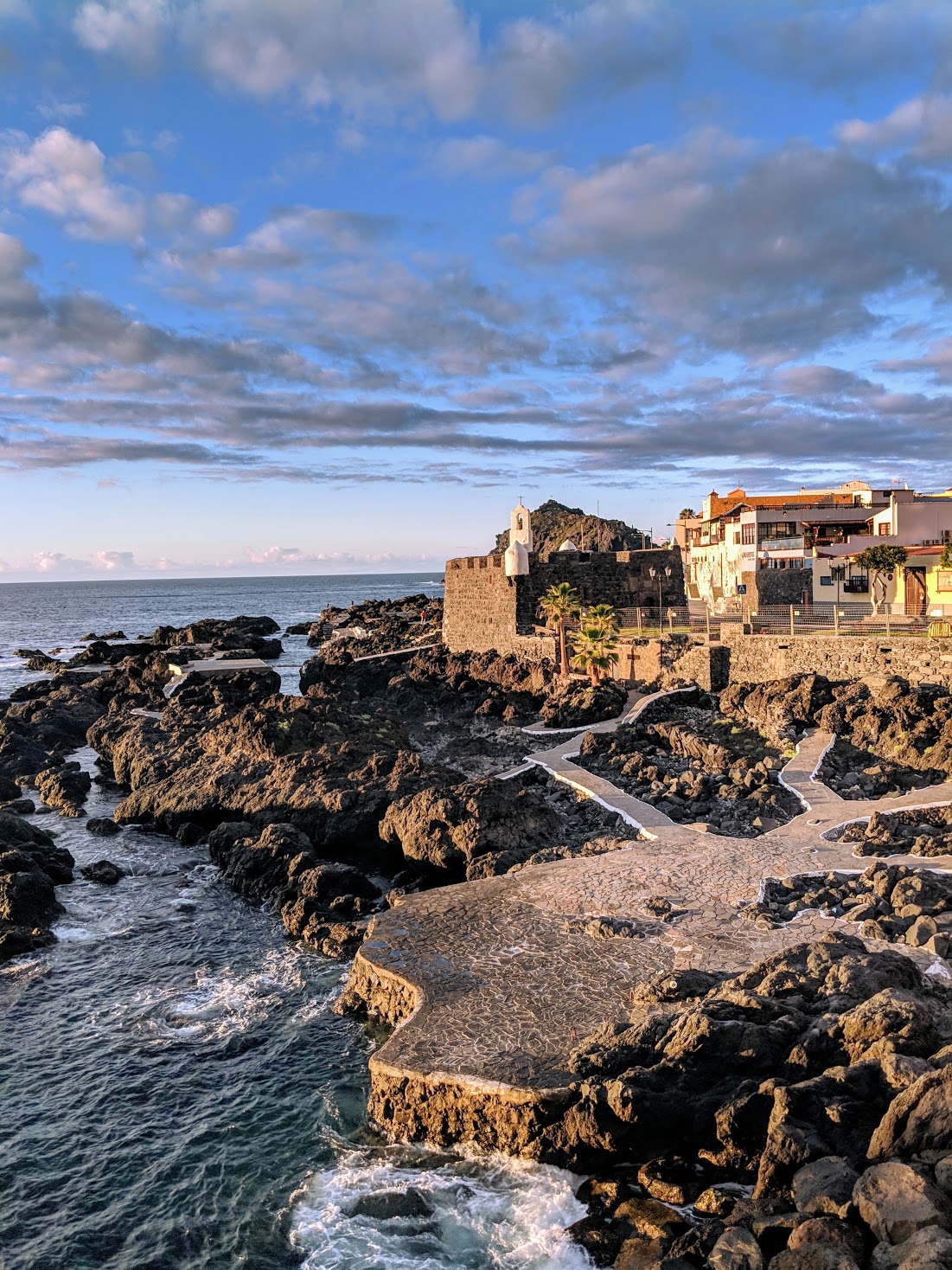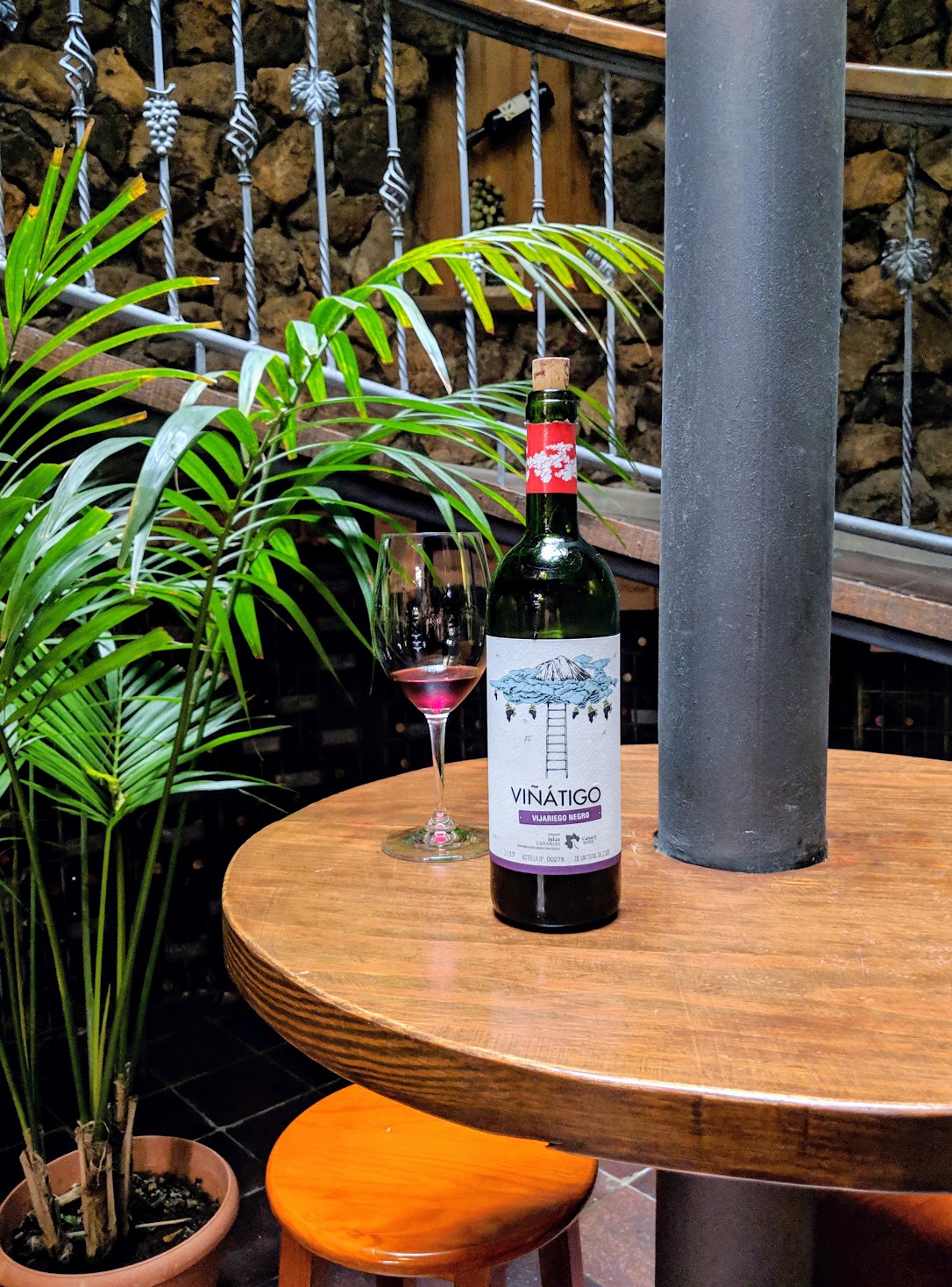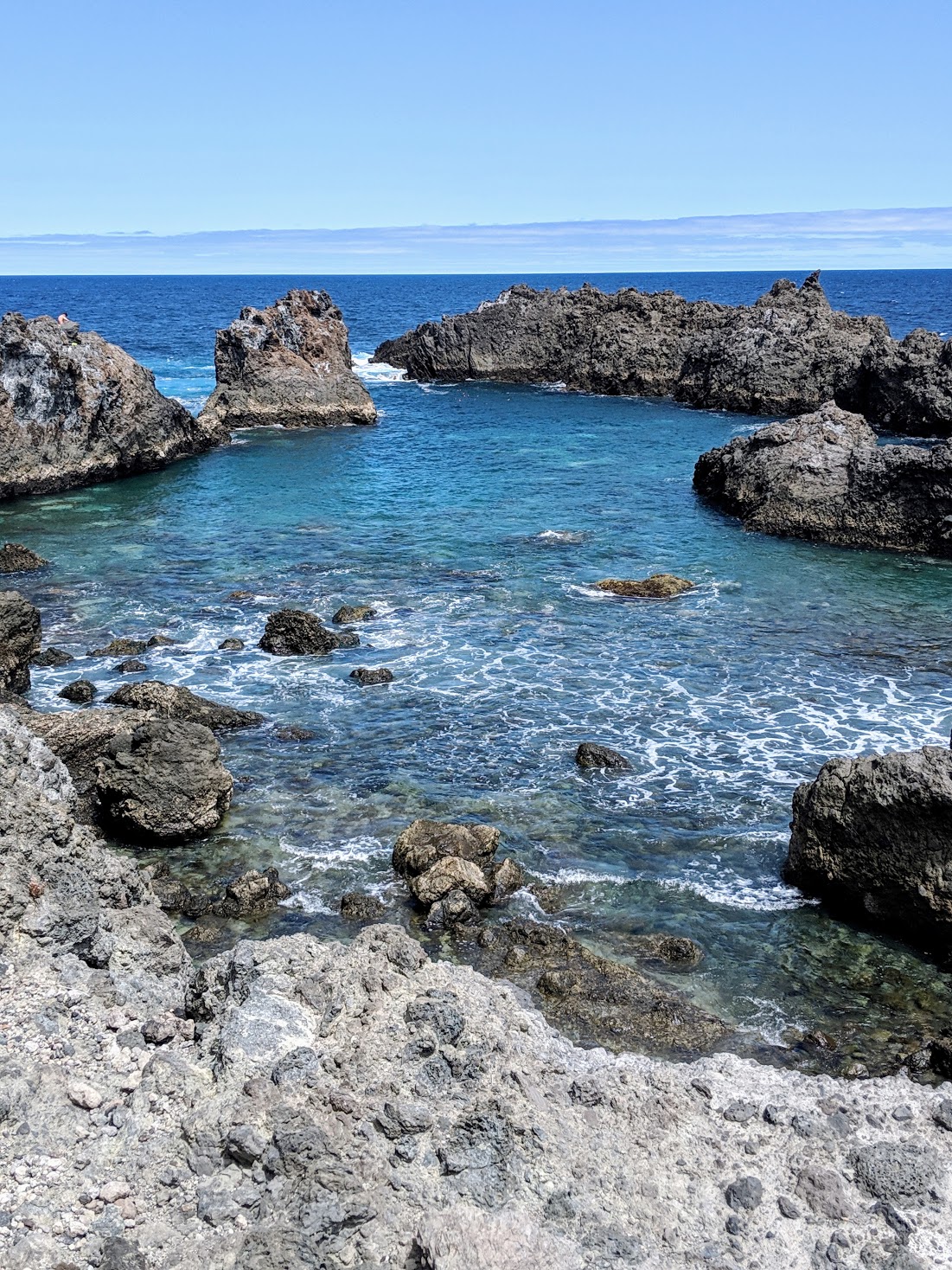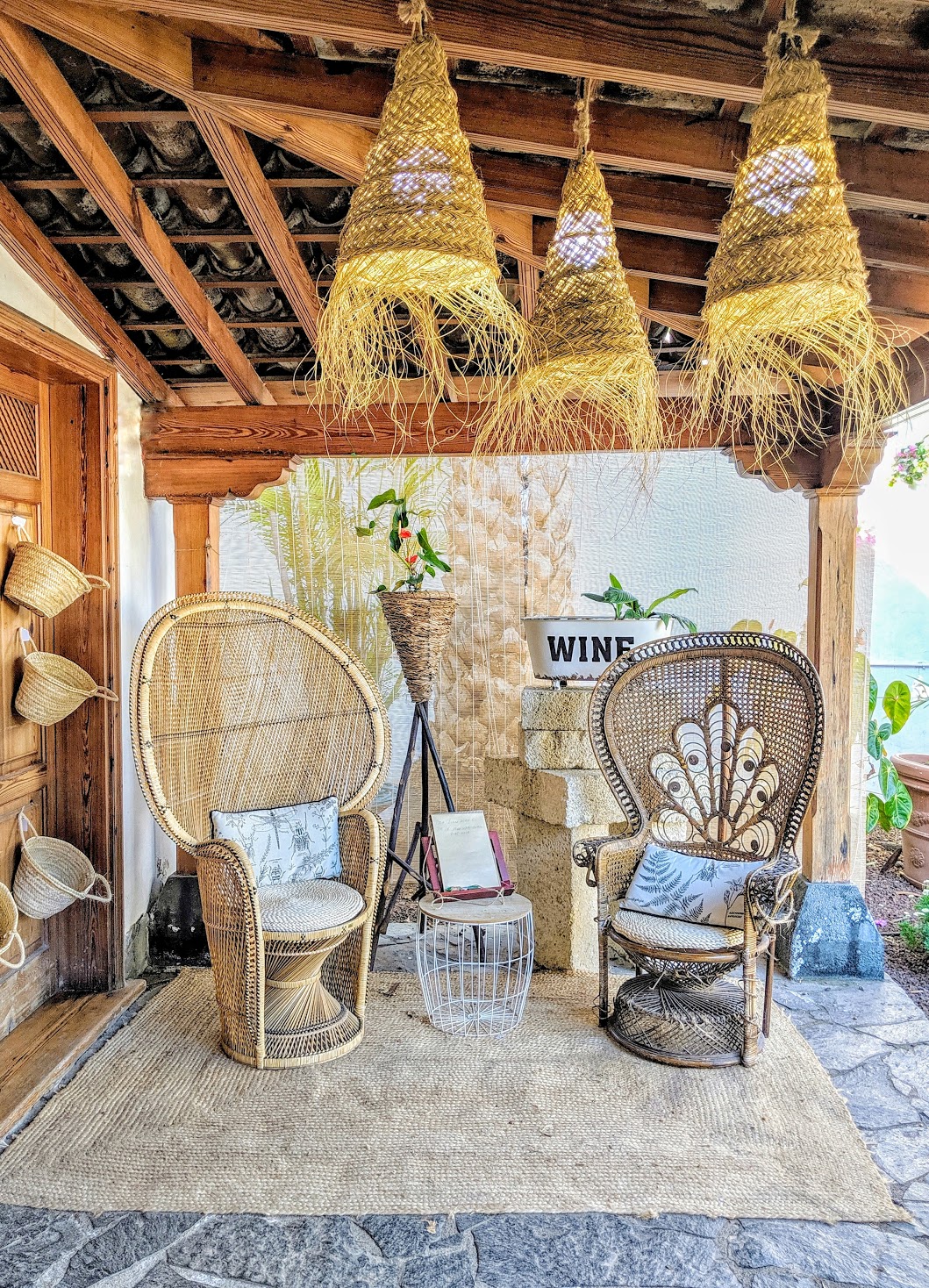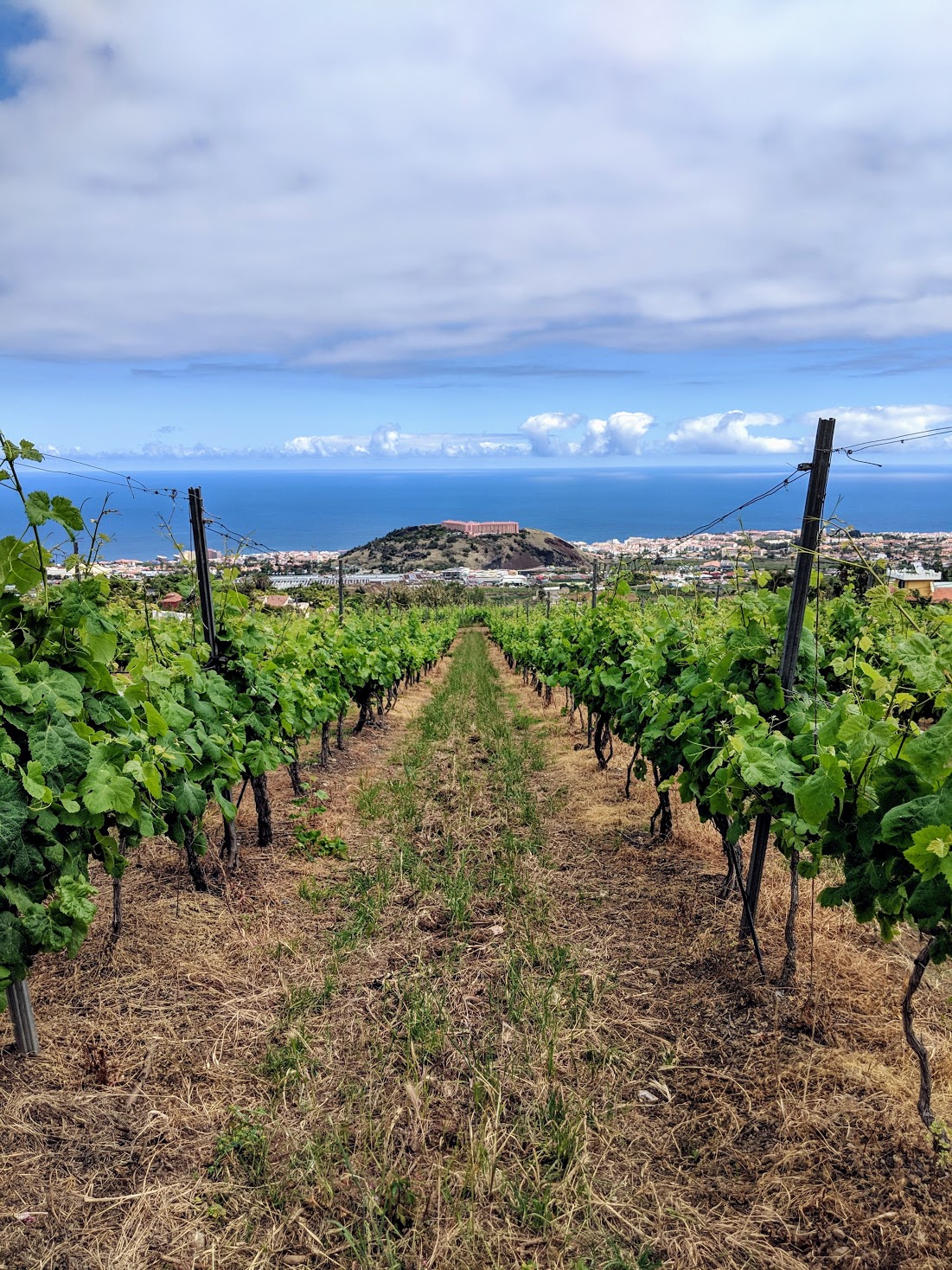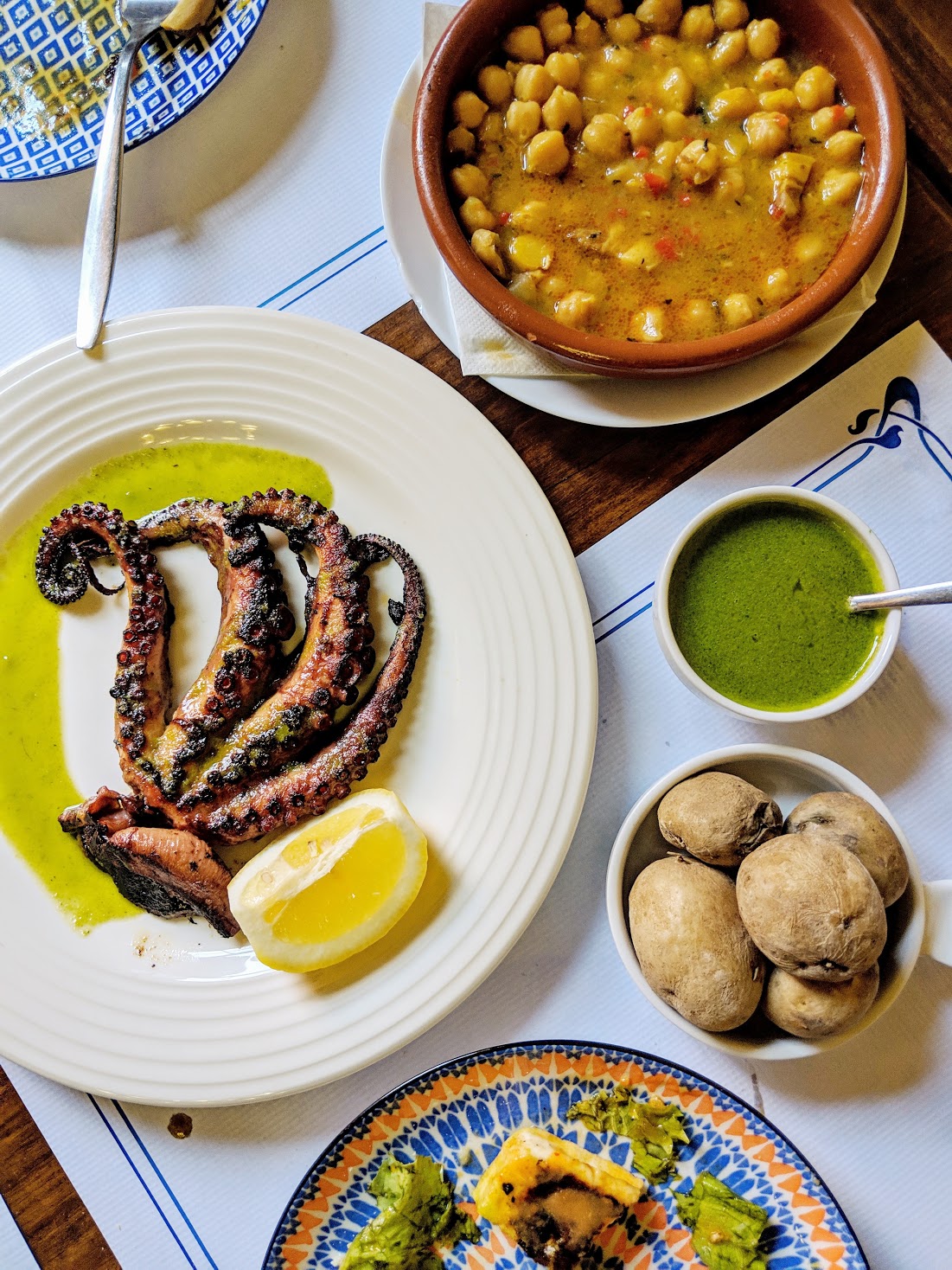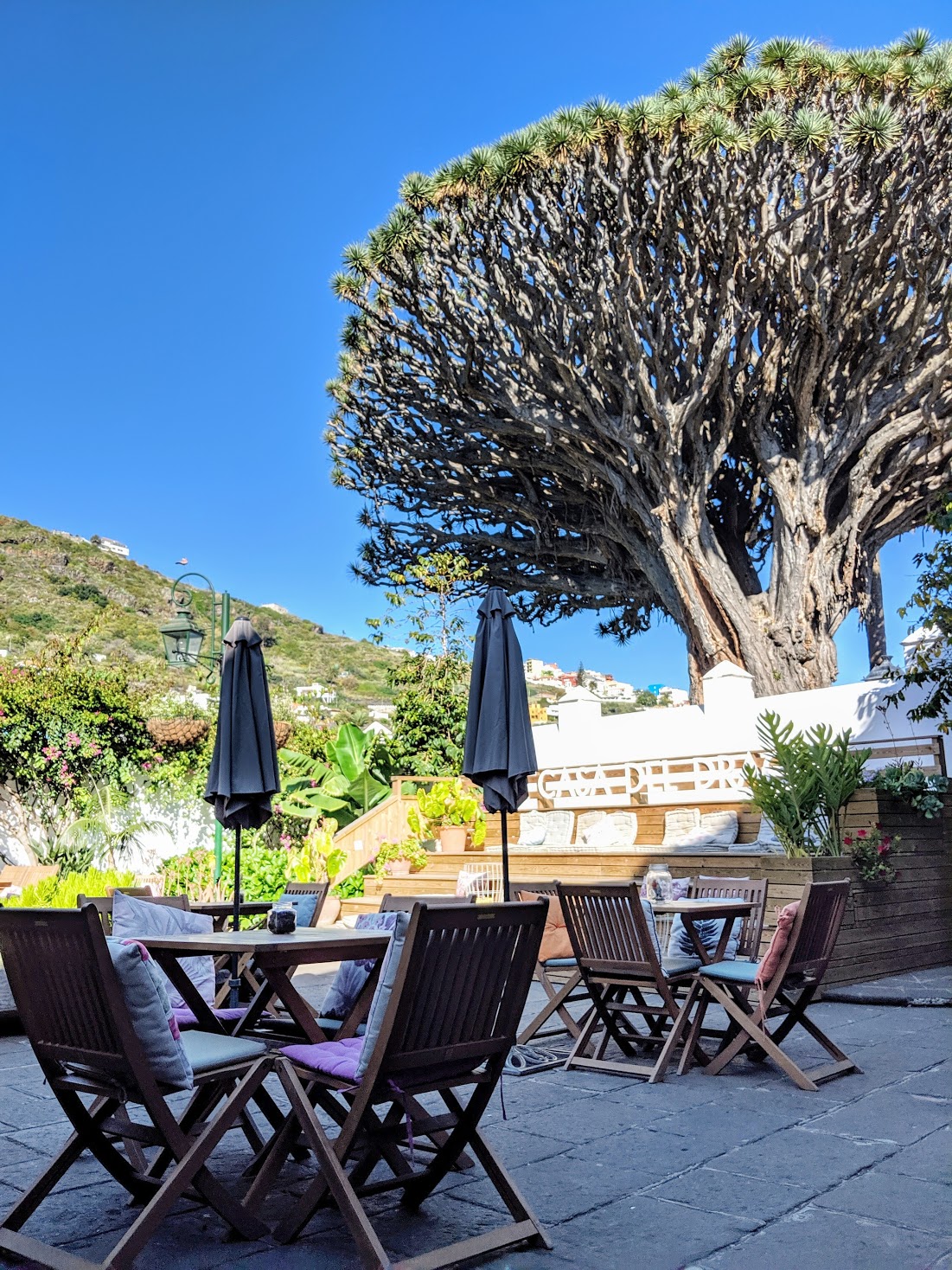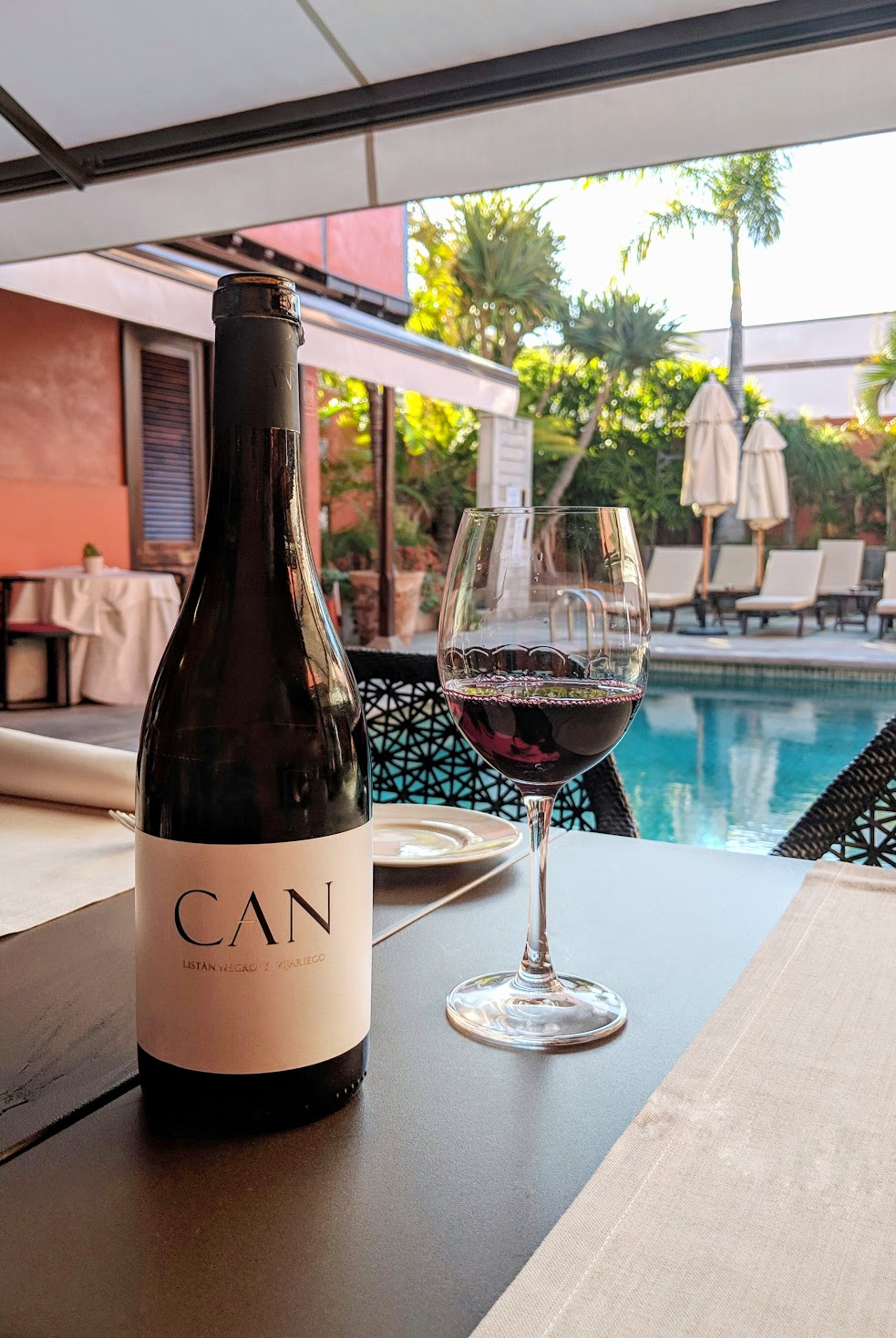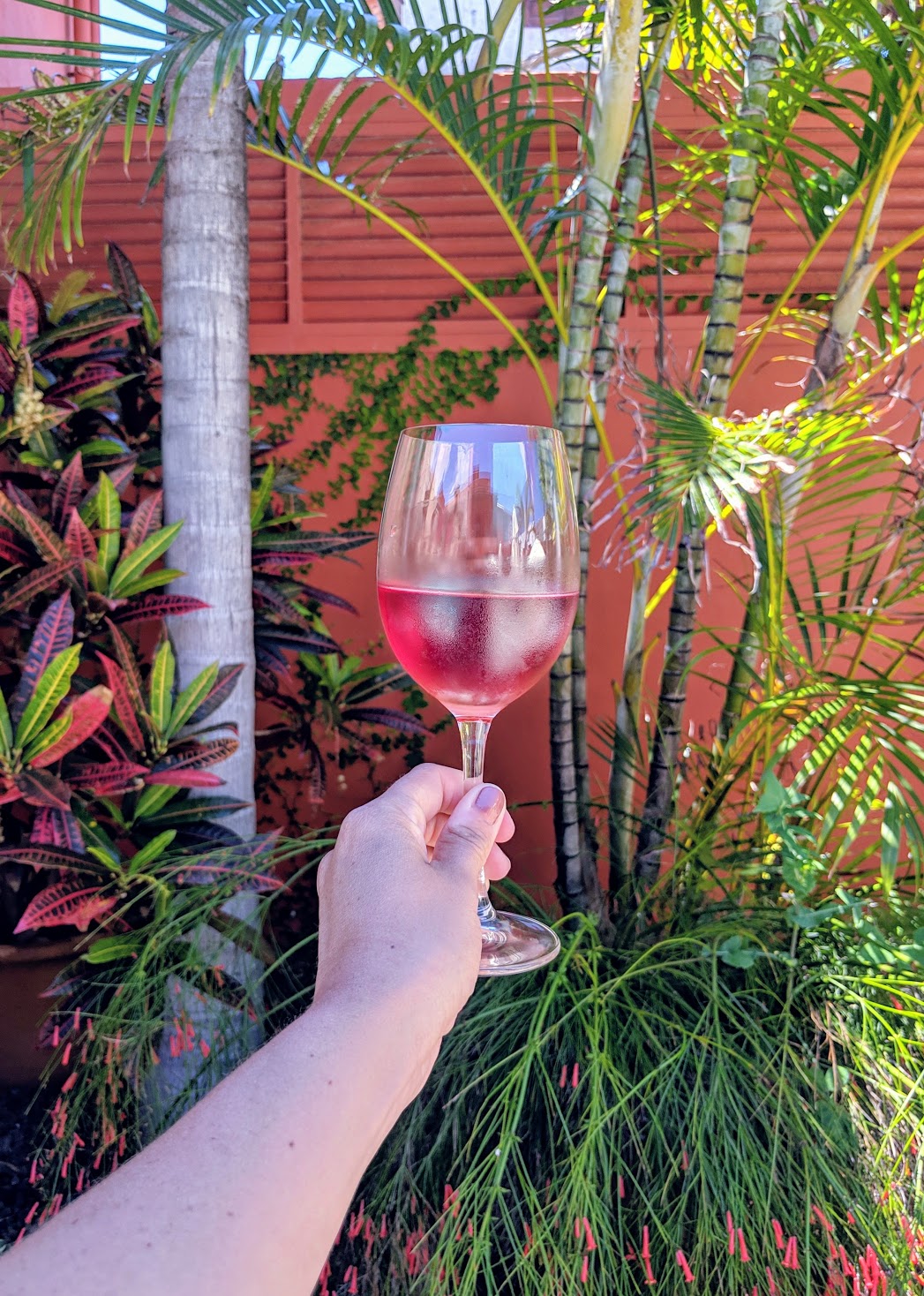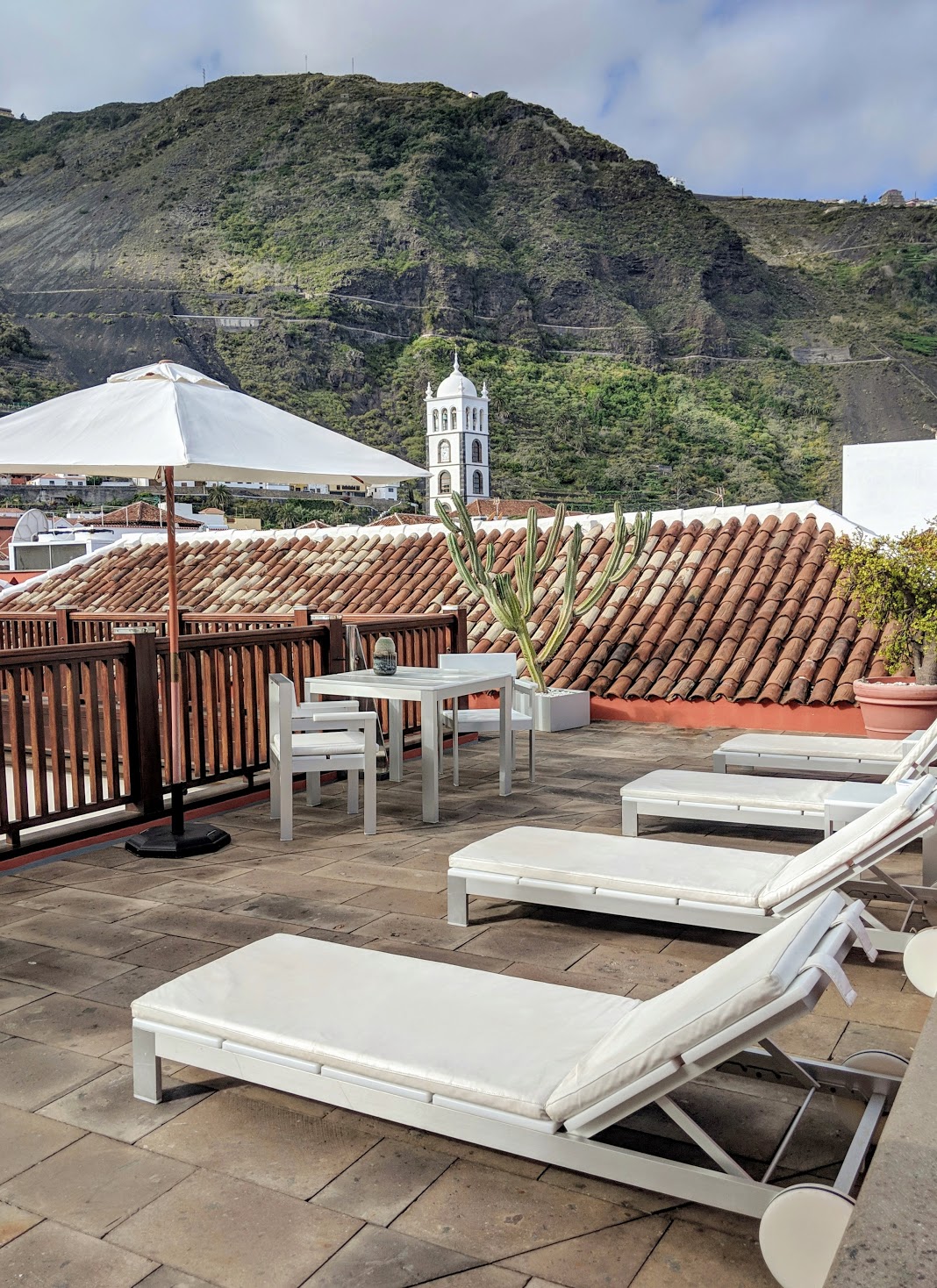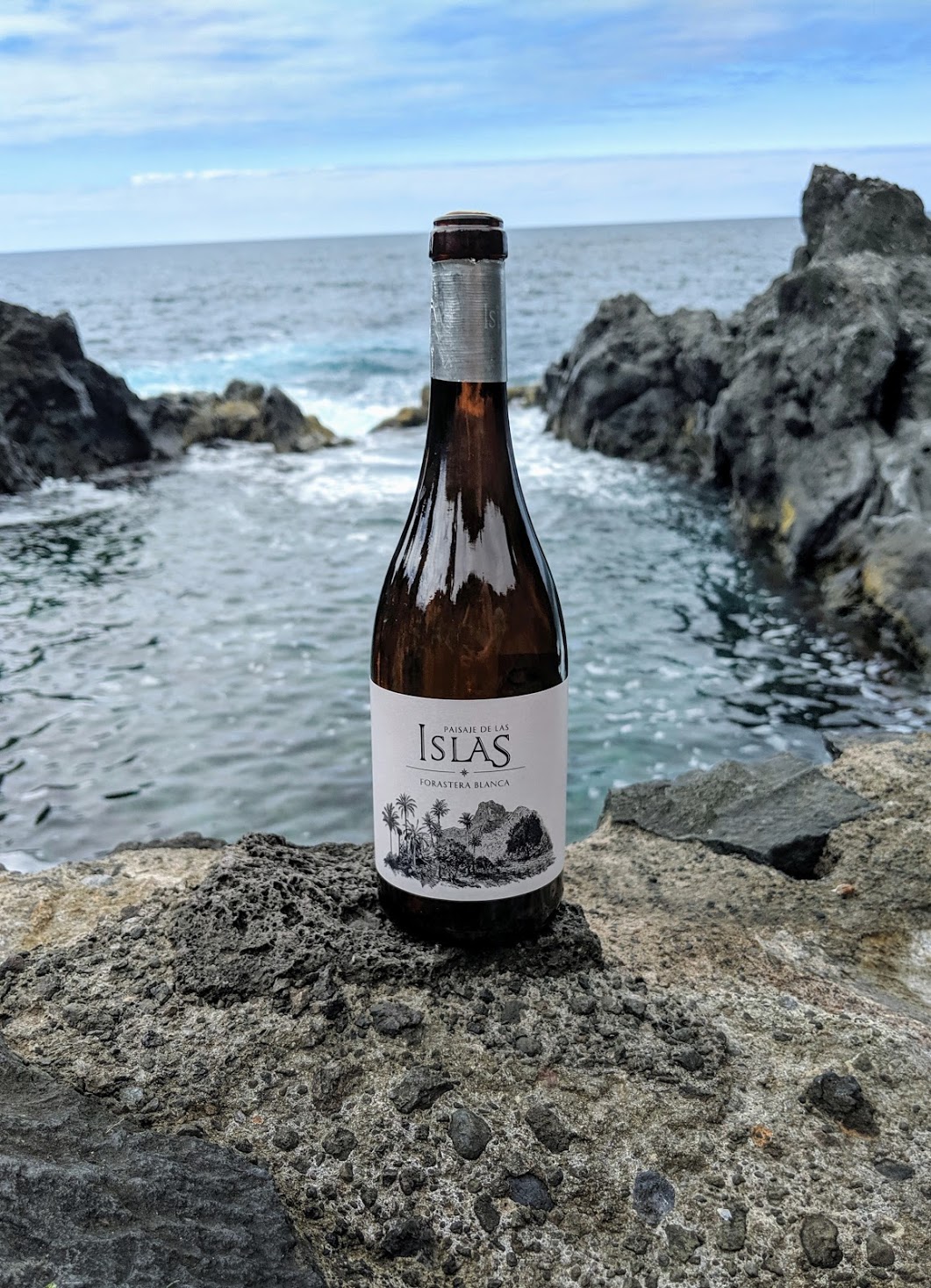Sommelier in Tenerife
Sommelier in Tenerife
Spain’s largest and most populated Canary Island, Tenerife is magnificent, complex and truly unlike anywhere I have ever travelled. The island is also home to the country’s largest peak and active volcano, Mount Teide. The mountain rises as the highest elevation in Spain, attracting over 5 million tourists per year. Tenerife has more wine and vineyard acreage than any other Canary Island, with the North being the most ideal for viticulture. While driving along the North coast however, it is much easier to spot the many banana tree farms, as the vineyards are mainly situated slightly inland, on steep hillsides. Nonetheless, Tenerife is home to 5 of the Canary Island’s 10 wine regions, and I was able to explore 3 of them. Read on for the Bodegas I visited within each region, along with my hotel, restaurant, and activity recommendations.
Winery Visits:
Bodegas Vinatigo, located in Ycoden-Daute-Isora (wine region): This winery was founded in 1990 by Juan Jesus Mendez, a fourth-generation vine-grower. He has and continues to work on the recuperation and revival of indigenous, Canary Island varietals. Since opening, Vinatigo has worked with Universities to identify 82 different grapes. Today, the estate is working with 12 of those, including Gual, Tintilla, Negramoll and Vijariego Negro throughout their five hectares of vineyards. The microclimates within them are largely influenced by the Trade Winds, being so close to the equator.
The three-story winery was dug deep into the volcanic rocks 20 years ago and covered in the stones, inside and out. Vinatigo is not working with any synthetic products and practice hand-harvesting along their rolling vineyards. They are utilizing gravity in their facility, for energy efficiency and also proven to preserve the quality of grapes.
Due to the absence of Phylloxera in the Canary Islands, there are many unique varietals with extremely long history. Among the white grapes, Gual was clearly one of Vinatigo’s most popular, as a monovarietal and in many of their blends. The grape was thought to be extinct before the Juan Jesus worked to revive it. The 2018 was light and tropical, with a hint of jasmine and melon before finishing long with lifted acidity. This wine is aged half in stainless steel and half in concrete eggs. The 2018 Ensamblaje Blanco is a blend of five grapes, mostly Gual, and vinified separately before fermenting on the lees with batonnage in French oak. Notes of rich orange peel and smoky marmalade came across on the palate. From the reds, the 2018 Tinto is an easily lovable medium bodied wine from Listan Negro. The wine had a spritzy feel with blackberries, plum and pepper on the nose and palate.
Bodegas Tajinaste, located in Valle de la Orotava (wine region): Augustin Garcia, owner and 3rd generation winemaker showed us around the estate and vineyards, which his grandparents purchased back in 1940. Both of his parents have worked in the vineyards practically every day for decades. Augustin studied winemaking in Bordeaux before joining his family at Tajinaste 12 years ago. His passion for wine education also led him to open a wine shop, Vinofilos at the same location as the winery. The shop is filled with local, national and international wines which he sells to restaurants and consumers alike.
Their 3 hectare vineyard, located in the wine region of Ortoga, is filled with 90 year old vines on hills that overlook the ocean. The oldest vine dates back to 1914, and the longest is up to 8 meters! In addition to this vineyard, they also rent 9 hectares with their neighbors and buy grapes (to make their own wine) from another 16 hectares of vineyards throughout Tenerife and neighboring island, La Gomera.
We began tasting the 2018 Listan Blanco, the region’s most popular white grape. Very light and mineral-driven, notes of chamomile, dry herbs and lemon arrise on nose. This wine had around 6 hours of skin contact for a slight body boost before fermentation. Next, we tried one from Tijanaste’s négociant projects, the 2017 Pasaje de Las Islas Forastera Blanca from La Gomera Island. This grape is planted 700 meters above sea level and the 80 year old vines are trained in a goblet style. Similar to Tenerife, the island is mostly green in the North and mostly dry in the South. The majority of producers here are bottling field blends of many different grapes and it is quite difficult to find a vineyard that is dedicated to one single grape, such as this one. Half of the wine is aged in 500 liter oak casks for 4-5 months and the hint of butter comes across on the palate, along with green apple and pear spread.
Another standout from the tasting was the Listan Negro from their owned vineyards just meters from where we sat. This 2016 was extremely complex and vegetal, with bell peppers, wet soil, leather and a hint of wood. After 15 days of skin contact, this wine saw 7-8 months in French oak barrels that were around 4 years old. Lastly, the CAN, from their rented vineyard, La Haza located within Orotava. This balanced blend of Listan Negro and Vijariego Negro from @bodegastajinaste is dark red in color with balsamic glazed and roasted cherries, olive tapenade and blueberry jam. The 9 months in French barrel explain the slight aroma of vanilla, cinnamon, and cocoa. There's also a defined rocky soil and wet earthiness, complimenting all the fruit.
Bodegas Monje, located in Tacoronte-Acentejo (wine region): Upon arrival at the breathtaking Bodegas Monje estate, we could honestly feel the history. Filipe Monje led our tour and tasting, explaining that his family started making wine here in 1750. His 17 hectares of vineyards are home to some of the longest standing vines in the world, over 300 years old! Today, the estate is producing around 100,000 bottles per year, from 22 different plots. The soil and varietals vary greatly on his estate. Felipe explained that just 1 kilometer in his vineyard might mean a month of a difference in terms of harvest time.
He took us through the massive winery, pointing out 200-year-old barrels that are still being used today. Among the new oak, Felipe is using French and American wood for his wines. The rest of the winery, finished in 2008 after taking 10 years to construct, was complete with beautiful underground and above ground tasting and event rooms.
We tasted just about everything, and among my favorites included the 2018 Bibiana rosé. A very bright pink, this floral wine had a just-ripe raspberry component and fresh mint on the palate. The 2017 Hollera is a Carbonic Macerated Listan Negro with ripe cranberries, herbs and orange peel on the nose. Medium in weight and light in tannin, it paired perfectly with the roasted veggies and pulled pork we had in their outstanding restaurant. We continued tasting the indigenous grapes with the 2013 Tintilla, a medium bodied, unique red with grassiness, poblano peppers, pine and eucalyptus on the nose. As Tintilla is quite rare and made in such small production, this one is not available in the USA. Finally, the 2013 Bastardo Negro was a massive wine, with blackberries, black pepper and tree bark on the nose. This wine was clearly still very young, but the potential for aging was apparent and very exciting.
Where I stayed: Boutique Hotel San Roque
This very small, boutique hotel was nothing short of peaceful and romantic. In fact, we were the only people at the pool and in the terrace on most days. Located in the center of historic Garachico, every restaurant we wanted to go to could be found within a 5 block radius. Comfortable, great service, fabulous restaurant, and a phenomenal value, I could not recommend this place enough. They booked our nearly impossible-to-find automatic rental car for us (I know, I still need to learn to drive stick), which was dropped off and picked up at the hotel. Needless to say, the service really went above and beyond during our entire stay.
What to do:
The Charcos (natural pools) like Charco de la Laja and Charco del Viento are absolutely stunning and surprisingly easy to swim around in, considering the massive waves. We spent around two hours sunbathing at each, with a bottle of local wine of course. The 1,000 year old tree, El Drago is situated in Icod de los Vinos, a town just 10 minutes from Garachico. This incredible tree is definitely worth a visit through the beautiful tree garden. Icod de los Vinos is a historic, tourist driven village is also home to Mariposario, the butterfly garden, along with several other museums and tourist attractions. Also, don’t miss the black sand and pebble beach, San Marcos, for a chilled out day under the sun.
Where to eat:
Mirador Guarachico. This upscale spot has local influence and a fantastic wine list. Make a reservation and note their odd hours.
Aristides. Our favorite local fish and wrinkled potatoes were found here, along with the best version of the local mojo sauce.
Candelaria de Cocina. This old school, family run spot is super casual with a menu that changes daily. We loved feeling like a local here.
Los Pinos. Another super local spot, but with a huge menu of tapas including mushrooms, octopus, shrimp, and grilled cheese (cheese that is grilled, no bread).
Anturium. Our hotel’s restaurant, this fine dining restaurant around the pool had an Italian fused menu and our favorite homemade bread.
Don Quichaco. Mexican/Spanish street food with the most delicious tacos and nachos I’ve had in years. A must for a quick lunch followed by homemade gelato!
